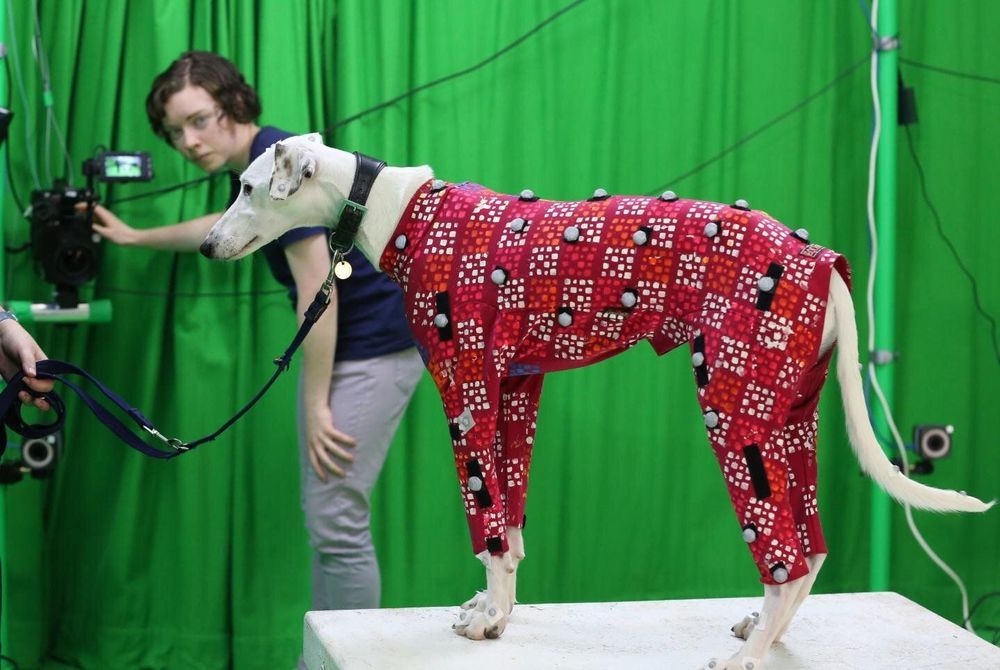The future of entertainment: songs that never end, movies with unlimited sequels, TV shows with never ending episodes, and video games that go on forever.
And how the tech works is largely a mystery.



A candid conversation with the pioneering creator of 2001: A Space Odyssey, Dr. Strangelove and Lolita
Throughout his 17-year career as a moviemaker, Stanley Kubrick has committed himself to pushing the frontiers of film into new and often controversial regions—despite the box-office problems and censorship battles that such a commitment invariably entails. Never a follower of the safe, well-traveled road to Hollywood success, he has consistently struck out on his own, shattering movie conventions and shibboleths along the way. In many respects, his latest film, the epic 2001: A Space Odyssey, stands as a metaphor for Kubrick himself. A technically flawless production that took three years and $10,500,000 to create, 2001 could have been just a super-spectacle of exotic gadgetry and lavish special effects; but with the collaboration of Arthur C.

Physicists from the Technion-Israel Institute of Technology and the University of Central Florida have experimentally observed optical branched flow in liquid soap films.
Instead of producing completely random speckle patterns, the slowly varying disordered potential gives rise to focused filaments that divide to form a pattern resembling the branches of a tree.

In the second episode of Q and A, here is why the large hadron collider built?

She can’t get sick or be late to the set, and her hair and makeup needs are minimal: Her name is Erica, and Hollywood is hoping that a sophisticated robot can be its next big star. The synthetic actor has been cast in “b,” a $70 million science-fiction movie which producer Sam Khoze describes as “a James Bond meets Mission Impossible story with heart.”
Scribe Tarek Zohdy (“1st Born”), says, the story is about scientists who create an AI robot named Erica who quickly realize the danger of this top-secret program that is trying to perfect a human through a non-human form.
Variety caught up with the filmmakers Zohdy and Khoze to discuss “b” the $70 million film that plans to finish shooting next year, after a director and human star have been brought on.

NetHack, which was first released in 1987, is more sophisticated than might be assumed. It tasks players with descending more than 50 dungeon levels to retrieve a magical amulet, during which they must use hundreds of items and fight monsters while contending with rich interactions between the two. Levels in NetHack are procedurally generated and every game is different, which the Facebook researchers note tests the generalization limits of current state-of-the-art AI.
Facebook researchers believe the game NetHack is well-tailored to training, testing, and evaluating AI models. Today, they released the NetHack Learning Environment, a research tool for benchmarking the robustness and generalization of reinforcement learning agents.
For decades, games have served as benchmarks for AI. But things really kicked into gear in 2013 — the year Google subsidiary DeepMind demonstrated an AI system that could play Pong, Breakout, Space Invaders, Seaquest, Beamrider, Enduro, and Q*bert at superhuman levels. The advancements aren’t merely improving game design, according to folks like DeepMind cofounder Demis Hassabis. Rather, they’re informing the development of systems that might one day diagnose illnesses, predict complicated protein structures, and segment CT scans.

“The game, known as EndeavorRx and developed by Boston-based Akili Interactive Labs, can now be marketed as a way to improve attention function in kids with ADHD as measured by computerized testing. Physicians can prescribe it to children between the ages of 8 and 12 who have an ADHD diagnosis and have demonstrated an issue with attention.”
https://www.statnews.com/wp-content/themes/stat/images/stat-logo.svg
The FDA has given a green light for the first time to a game-based therapeutic: Akili’s video game EndeavorRx, designed to be prescribed to kids with ADHD.

You’ve seen his art.
A conversation with space artist Don Davis about his life and work.
This film is a part of the Artist Depiction series available on Amazon, Labocine, and Vimeo.
Series One features Don Davis, Charles Lindsay, and Rick Guidice.
Series Two features Pamela Lee, William K. Hartmann, and Pat Rawlings.

Researchers from the University of Bath have developed motion capture technology that enables you to digitize your dog without a motion capture suit and using only one camera.
The software could be used for a wide range of purposes, from helping vets diagnose lameness and monitoring recovery of their canine patients, to entertainment applications such as making it easier to put digital representations of dogs into movies and video games.
Motion capture technology is widely used in the entertainment industry, where actors wear a suit dotted with white markers which are then precisely tracked in 3D space by multiple cameras taking images from different angles. Movement data can then be transferred onto a digital character for use in films or computer games.